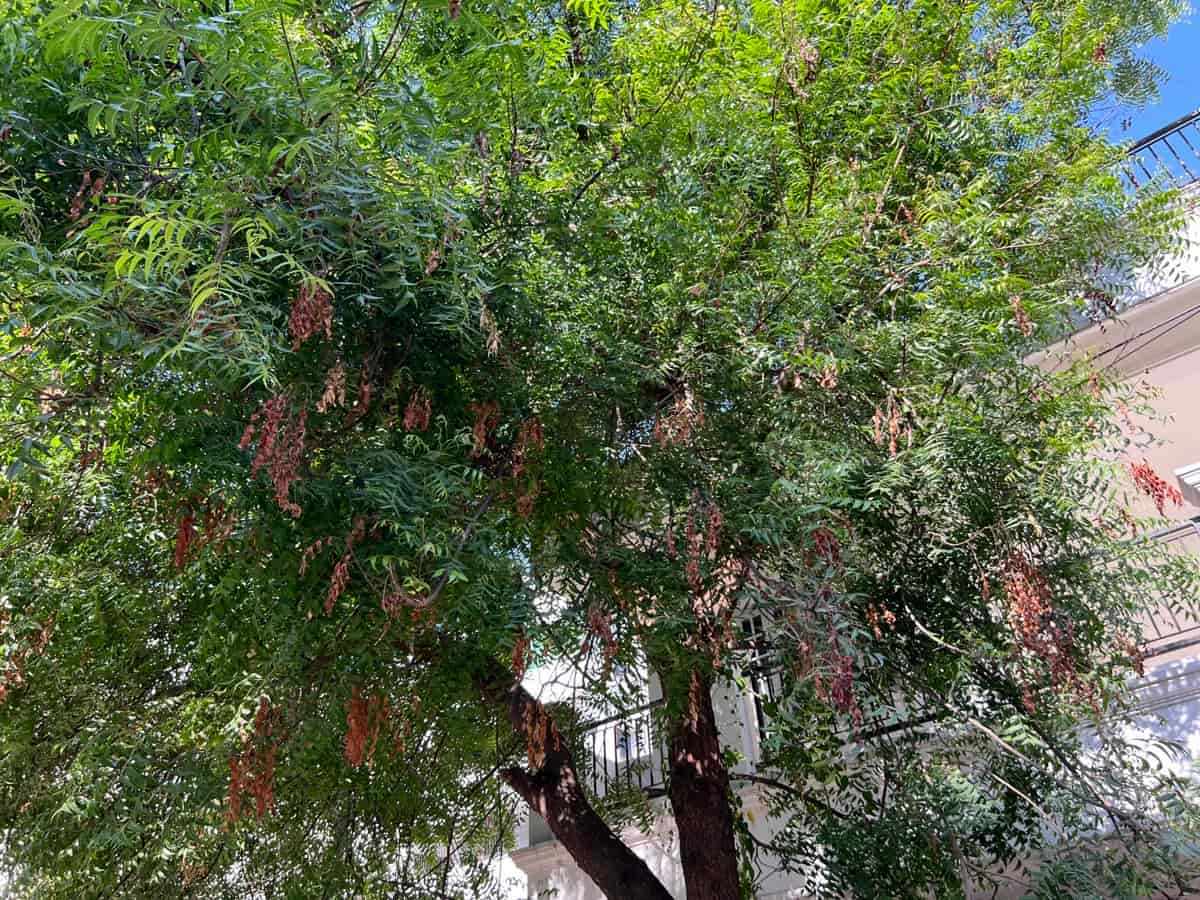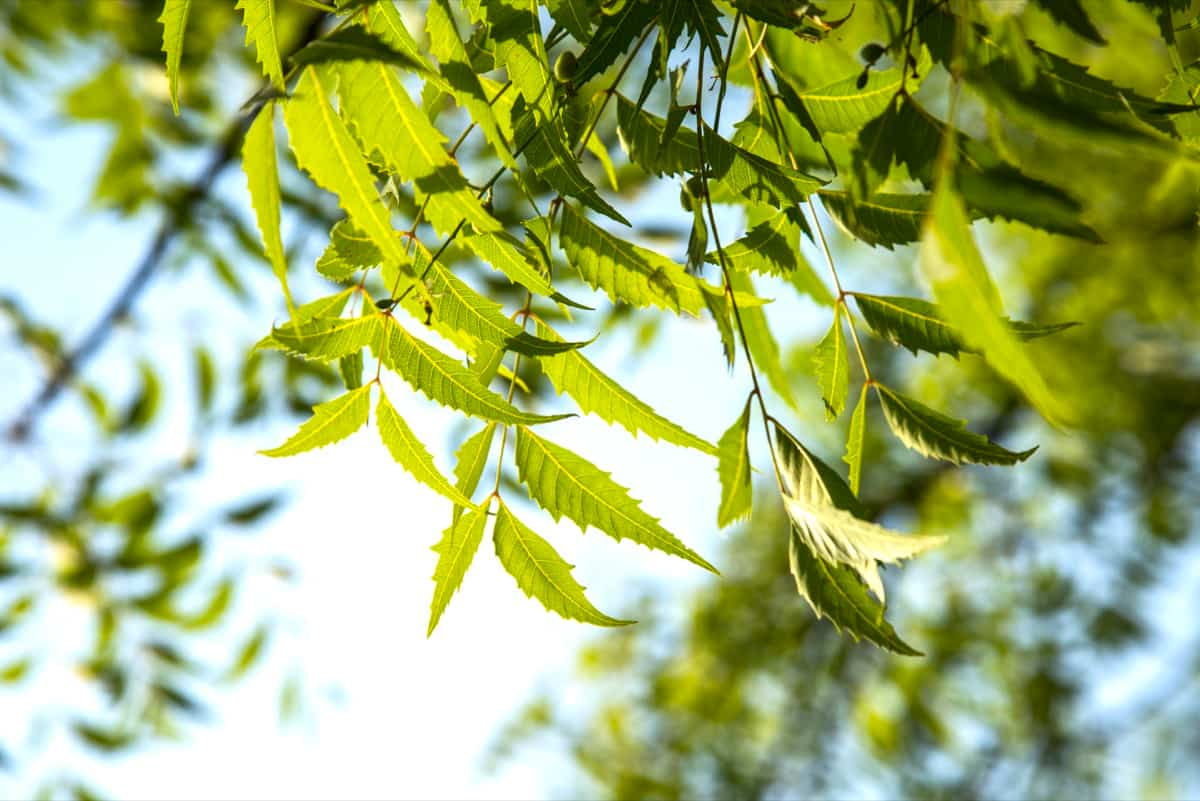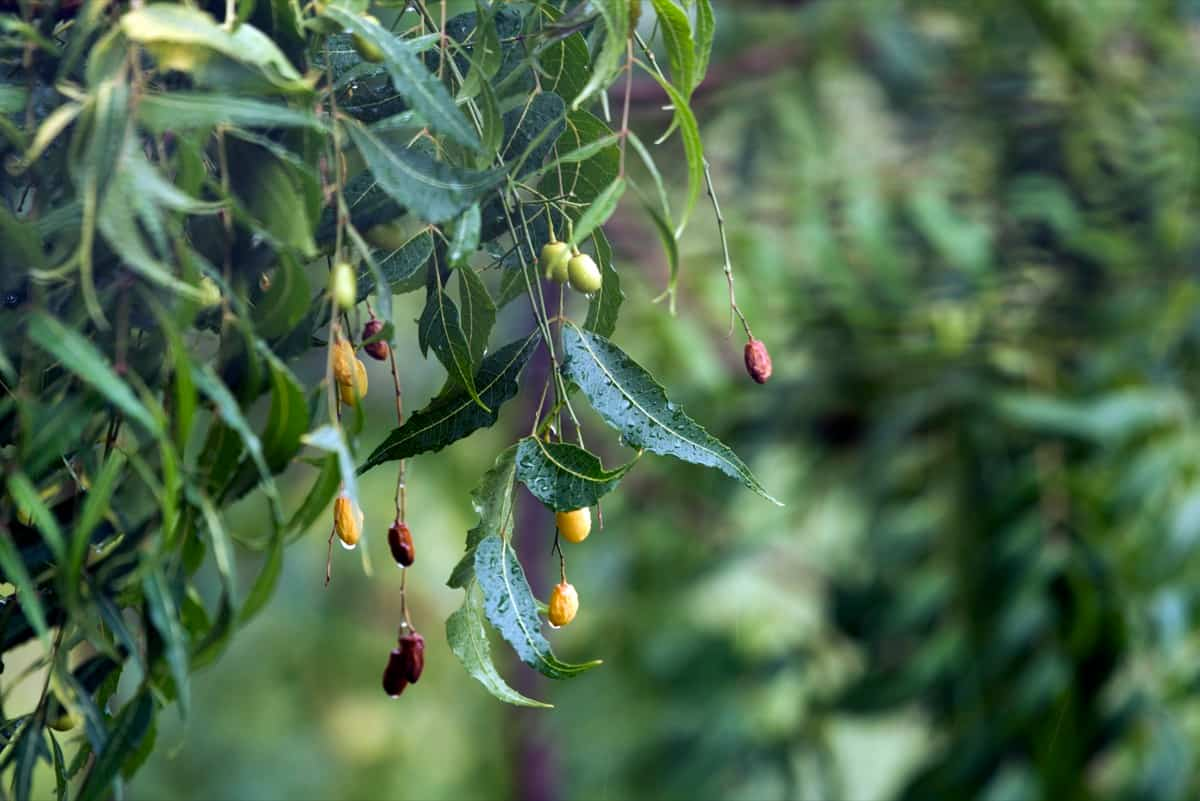In the past few years, neem trees, commonly referred to as ‘Indian Lilacs,’ have been facing a serious threat because they are being affected by a destructive disease known as twig blight and dieback. The infection causes the progressive death of twigs, branches, shoots, or roots starting at the tips of the tree. All types of neem trees of all sizes and ages are subject to dieback, which affects their leaves, twigs, and inflorescences. In severely infected trees, it is almost always the cause of a 100 percent loss of fruit production.

The onset of symptoms usually occurs at the beginning of the wet season, and the severity of the symptoms increases as the wet season progresses and into the early winter months. During the 1990s, the Indian forest authorities first reported the presence of dieback disease near Dehradun, a town in the Uttarakhand state. In the last few years, it is become a common sight in Telangana, as well as in some other southern states, that the twigs and leaves of the neem trees dry up over the course of the year.
Treating Dieback Disease in Neem Trees
Cause of Dieback Disease In Neem Trees
Originally used as a natural pesticide, neem trees are now victims of a pest that only attacks them. An infection caused by this fungus, technically called Phomopsis azadirachtae, often kills neem trees, particularly the older ones. While the branches of the younger, stronger neem trees dry up due to the attack, they survive. The fungal infection is believed to be caused by a stemborer insect that leaves holes in the branches. The increase in the dieback fungus attacks has also been attributed to high humidity and changes in climatic conditions.
Symptoms of Dieback Disease in Neem Trees
There are symptoms such as wilting, yellowing, and browning of leaves leading to defoliation, dark and hollow areas on stems and branches, loose bark, and browning of wood on dying branches that may ultimately cause trees to die. Depending on the plant type, they may occur in one or more plant parts.
In case you missed it: How to Build a Budget-Friendly Raised Bed Garden

Dieback Disease Management in Seedling and Sapling Stages of Neem
Since the pathogen was both seed-borne and seed-transmitted, disease management operations should begin at the nursery stage. Infections can be reduced by treating seeds with biocontrol agents or fungicides during sowing. Spraying prophylactic fungicides like Carbandazim with a 2.5-gram dosage per liter or bio-control agents like Trichoderma on seedlings and saplings can improve sapling health and impart disease resistance.
Treating Dieback Disease in Neem Trees
- All infested branches should be removed and burned.
- Use Profenophos as a foliar spray with a 2 ml/liter concentration. The tree should be soaked throughout, including its crown and trunk.
- Apply a combination of Mancozeb 63% + Carbendazim 12% WP fungicide the following day. Drench the entire tree, including its crown and trunk, with this fungicide mixed with 2.5 grams/liter of water.
- According to some studies, the systemic fungicide Carbendazim 50% is highly effective against the damaging pathogen Phomopsis azadirachtae.
- A foliar spray of Carbendazim, 50% WP, should be applied. All neem trees infested with Bavistin should be sprayed with one gram of Bavistin in one liter of water. Mycelial growth, sporulation, and conidial germination of the deadly pathogen were completely suppressed with Carbendazim.
- Alternatively, you can apply a combination of Mancozeb 63% + Carbendazim 12% WP fungicide or a combination of Carbendazim 50%. You can use any of these fungicides. It will cause skin irritation, eye irritation, and lung damage if administered without proper precautions.
- Another option is to dig a pit around the damaged tree, then fill it with water containing pesticides and fungicides.
As this fungus is airborne, it is advised to treat the affected trees in a cluster within a village or a residential locality in urban areas since it is airborne. Even if fungus spores are removed from a nearby tree after a tree has been treated, the spores can still be spread to the treated tree from the nearby tree. In addition, spraying chemicals on big trees is difficult since the chemicals may hit insects like butterflies and pollute nearby water bodies. When water bodies are contaminated, there is a danger that humans and animals who use the water may be at risk.
In case you missed it: Gardening with Neem Oil: An Organic Solution for the Environment

Preventive Measures to Control the Spread of Dieback Disease in Neem Trees
- Ensure your trees are healthy and that they are watered regularly. Planting in areas prone to freezing stress or nutritional deficiencies is not suggested.
- Ensure that the orchard is monitored regularly so that possible infections can be detected at an early stage before they spread. It is important to avoid damage and lesions to the trees, which are the primary entry points to the fungus.
- Removing dead tree material from the orchard as soon as possible is important. Make sure your fertilization program consists of a balanced mix of nutrients.
- It is very important to encourage diversity of native plants in the understorey so that birds can nest and other animals can forage. The action taken could inhibit excessive insect attacks, limit stock grazing, or restrict the use of machinery that compacts the soil. Water table regulation can be achieved by encouraging deep-rooted vegetation to grow.
- Promoting the natural regeneration of new eucalyptus trees by rotational grazing and preventing soil disturbance is important. As a result of fences, the soil can recover from compaction when it is prevented from being compacted by barriers. Don’t eliminate dead trees or shrubs that can provide a habitat for native animals by removing them from the landscape.
- There are a few ways to limit excess nutrient influx from fertilizer and herbicide applications. You should consider how fertilizer/herbicide regimes might affect off-target areas due to their use.
- A tree-by-tree approach to controlling insects can effectively reduce stress but should only be done when there is a significant threat to the tree itself. Trees that have been affected by these insects should be treated with insecticide and soapy water, and their affected limbs can be removed.
In case you missed it: Benefits of Neem Coated Urea in Agriculture

Conclusion
Despite being a fungal disease, neem trees are sometimes affected by insect infestations, and the combination of both increases its severity. Beginning during the rainy season and progressing into early winter, symptoms appear with the onset of the rainy season. While neem trees are strong enough to withstand damage caused by the disease, community-level measures can be taken to+ control its spread.
- Feed Your Flock for Less: Top 10 Tips to Save on Chicken Feed
- Ultimate Guide to Ossabaw Island Hog: Breeding, Raising, Diet, and Care
- Hatching Answers: The Top 10 Reasons Your Chickens Aren’t Laying Eggs
- Eggs and Economics: Breaking Down the Cost of Raising Backyard Chickens
- Defend Your Greens: Proven Methods to Keep Iguanas Out of Your Garden
- Ultimate Guide to Cinnamon Queen Chicken: A Comprehensive Guide for Beginners
- Ultimate Guide to California Tan Chicken: Breeding, Raising, Diet, Egg-Production and Care
- Ultimate Guide to Marsh Daisy Chicken: Breeding, Raising, Diet, and Care
- 10 Types of Chicken Farming Businesses You Can Start for Profits